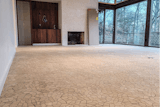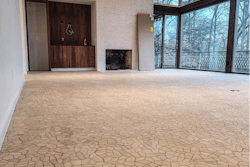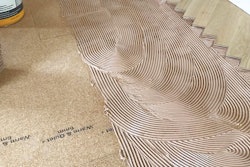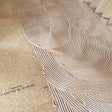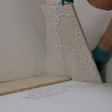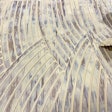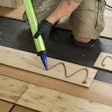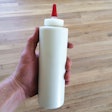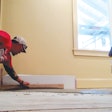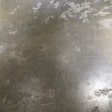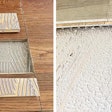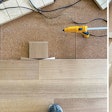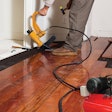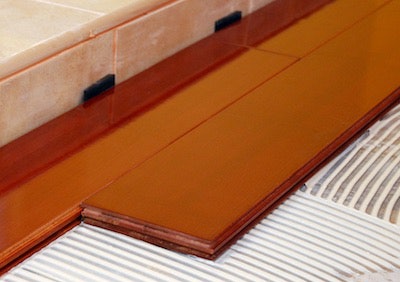
Hey there fellow wood floor folk, I’m Steve Diggins and I will be sharing with you “Floor Stories” of past and present. I am about to start my 20th year working for Wood Pro Inc., a hardwood floor wholesale distributor with locations from New England to Florida (with our partner Custom Wholesale Flooring). As a branch manager, training director and wood floor consultant I have the opportunity to work in the field with flooring contractors daily, and MAN do you guys have some stories to tell!
I began my hardwood floor career in 1987 as owner of Cherrystone Custom Floors and have installed or sanded and finished everything from treehouse floors to gymnasiums. Prior to that, I was an industrial equipment salesman and tool repair mechanic. I studied writing at The University of Tampa and M.I.T., and business at Southern New Hampshire University. I would record my classes at night and listen to them as I sanded flooring throughout the day. I have had the pleasure of working with Converse Shoes, Olympia Sports, Victoria Secrets, Boston Museum of Fine Arts, The Charlestown Ballet Company and many industry manufacturers and contractors. I look forward to sharing the technical and entertaining situations we fellow “floor guys” encounter each day, learning and helping whenever possible.
Okay, now for our first topic: backward engineered floor installations.
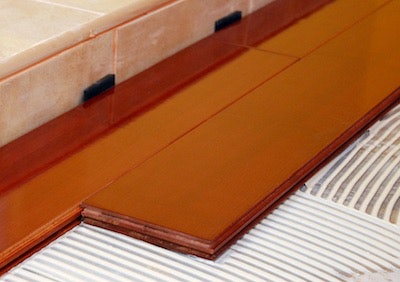 Many contractors don't realize they are installing glue-down engineered flooring in the wrong direction.
Many contractors don't realize they are installing glue-down engineered flooring in the wrong direction.
Here’s the fact: Engineered floors are to be installed “backwards,” by which I mean tongue to the wall, groove toward the installer or open room. This reduces the amount of adhesive pushing up through the floor—it actually forces excess glue downward under the flooring. It also prevents adhesive from filling the groove, which can cause an almost pneumatic-type pressure, causing the boards to push apart. (That’s one reason you see so many installers using tape to hold the floor tight while the adhesives sets.)
Some manufacturers will mill the tongue and groove ends opposite of what is typical for standard wood floor milling. Whichever way it is milled, when gluing, nailing or stapling an engineered floor, the installer should work in a direction (right-to-left, left-to-right) that leads with the tongue end in case the boards need to be tapped snug. Tapping the groove edge can lead to accidental damage. Solid nail-down flooring is most always installed left to right for this same purpose, but many installers will deviate based on the situation. For example, they might want to start in a doorway or opening to the right because they want to neatly tie into a nosing, molding or transition piece. If there is a need to tap the board, they would likely use the rubber end of the mallet, a tap block or manual board puller.
Let me know if there are topics you would all like to to read about. Wishing all floor guys (that means you, too, ladies!) a safe, healthy, happy holiday season and a prosperous New Year! — Dig










